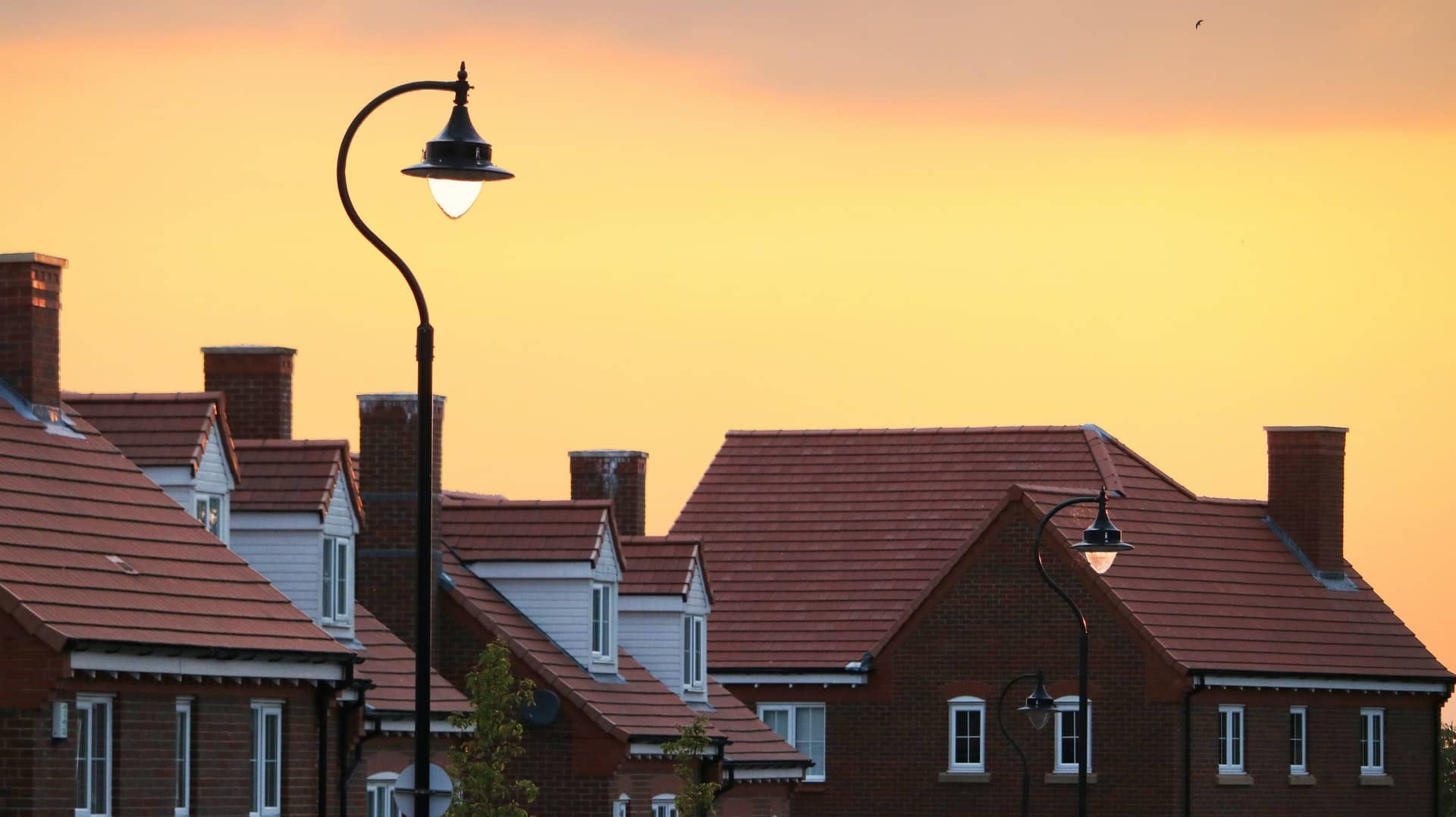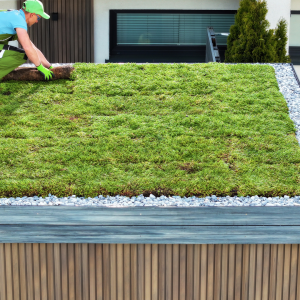Table of Contents
There are many construction materials to choose from, so it’s vital that you know which ones you want to use for your commercial building’s construction. Selecting suitable materials requires extensive planning and professionals that can give you feedback on whether they’ll fit in with the building or not.
One type of construction material you need to have extensive knowledge about is roofing. You can find dozens of types that can provide benefits that others won’t have. Even if you have contractors to rely on, it’s best to know them yourself to ensure you pick the proper roofing that will suit your commercial building’s needs.
Roofing shingles
The first material you have to know about is roofing shingles, which residential and commercial buildings utilize. They are also an affordable option if your facility doesn’t need the most expensive roofing material. Roofing shingles don’t require a lengthy installation process, ensuring that anyone with enough experience can get it done.
They have a lifespan of 30 years as long as you conduct proper maintenance. Many commercial building owners have an on-call roofing contractor when they notice problems with their roofing shingles. Another thing, manufacturers mix mineral composite, asphalt, and fiberglass to create different colors.
Pros
- Easy to maintain
- Inexpensive
- Minimal maintenance
- Wide color variety
- Recyclable
Cons
- Color fades after prolonged exposure to the sun
- Short lifecycle
- Prone to damage from strong winds
Metal roofing
Another material that has its fair share of pros and cons is metal roofing. For metal roof installation manufacturers can use different metals, such as aluminum, copper, and steel. Roofing contractors prefer metal roofing because of its wide variety of 100 colors, ensuring that it can look perfect on any architectural style.
If you want your building to pass fire safety codes, metal roofing can help you achieve that. You can also install fire-rated access doors for wall installation purposes to increase the chances of passing fire safety rules and regulations.
Pros
- 60-year lifespan
- Wide variety of colors
- Fire-resistant
- Increases resale value
Cons
- Costly option for small commercial buildings
- Extensive installation process
Wood roofing
It’s almost impossible to find a commercial building with wood roofing because it will always show natural aesthetics. However, several commercial building establishments in the countryside use wood roofing to match their natural surroundings. Remember that wood roofing might not protect you if your area experiences rain most of the year. Rainwater can pass through the wood and cause your ceilings to leak.
You can choose wood roofing if you prefer style or functionality because it can only protect you from extreme sunlight. Other harsh weather elements like snow or rain will go through wood roofing, forcing you to install more insulation, which is expensive.
Pros
- Achieve better curb appeal
- Recyclable
- Natural roofing material
Cons
- Highly susceptible to mold, rot, mildew, or water damage
- Requires fire treatment to protect it from catching on fire too fast
- Requires extensive roofing maintenance
Clay tiles
Clay tiles date as far back as 5,000 years when construction workers created them using earthly resources they could collect from the ground. Many consider clay tiles the most stylish roofing material since it comes in a wide range of styles, including Spanish, Scania, French, and more.
However, you might need to contact your roofing contractor often because clay tiles are easily susceptible to damage. Even a fruit from the tree dropping on top of it can cause it to crack, which can also cause additional problems for your commercial building. Ensure you clear your property from trees or any heavy debris that could fall on top of your roof.
Pros
- Excellent curb appeal
- Ease of maintenance
- Made from natural materials
- Balances your building’s interior temperature
Cons
- Damages easily
- Requires a roofing specialist for the installation
- Requires additional structural substructure for its weight
- Costly roofing material
Slate roofing
If you want to prioritize durability above anything else, you might like slate roofing. What makes slate roofing excellent is it costs the same as clay tiles, so you’re better off installing slate roofing because they last long on your building. They also have the most extended lifespan that surpasses metal roofing, ranging from 50 to 200 years. Another benefit you will like about it is its ability to be fire-resistant, so your commercial building won’t have problems adhering to fire safety codes.
Pros
- Long-lasting
- Ease of maintenance
- Available in a wide range of colors
- High durability
Cons
- Expensive roofing material
- It needs extra structural support due to its heaviness
Final words
The five roofing materials mentioned above are used mainly by many construction and roofing contractors worldwide. Another option to consider is plastic roofing. Corrugated polycarbonate sheets are flexible, durable, and affordable and offer amazing physical characteristics like advanced UV protection, high light transmission, and excellent impact resistance.
You should always consult with a professional roofing specialist and consider each roofing material’s pros and cons to ensure the commercial building won’t run into roofing problems in the long run.
You should always consult with a professional roofing specialist and consider each roofing material’s pros and cons to ensure the commercial building won’t run into roofing problems in the long run.





